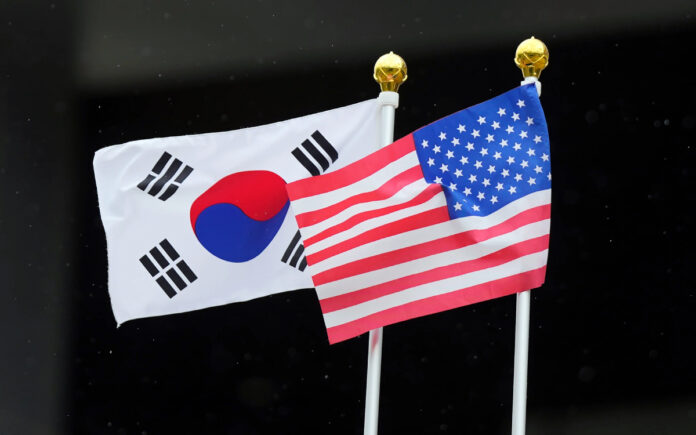Singapore: During the Shangri-La security dialogue in Singapore, U.S. Defense Secretary Lloyd Austin conveyed doubts regarding the United States’ ability to aid South Korea in constructing nuclear-powered submarines amidst its existing commitments to AUKUS, an agreement involving Australia.
In 2021, the U.S. inked the AUKUS pact with Britain and Australia, aimed at sharing nuclear-powered submarine technology and selling at least three Virginia-class boats to Australia by the 2030s. While several allies, including South Korea, have shown interest in participation, Austin emphasized the current limitations.
Also Read | G-7 and EU Mull Tougher Sanctions on Banks Aiding Russian Sanctions Evasion
Responding to queries at the security summit regarding a potential South Korean request for nuclear submarine assistance, Austin remarked that accommodating such a request would be “very, very difficult” given the ongoing commitments. He underscored the substantial undertaking of AUKUS and expressed skepticism about taking on another similar initiative in the near future.
The AUKUS agreement, devised to counterbalance China’s escalating influence in the Asia-Pacific region, marks the first instance of nuclear-propulsion technology sharing by the U.S. since the 1950s, alongside a second technology-sharing “pillar” besides submarines, garnering interest from countries like New Zealand and Japan.
Also Read | Russia Unleashes Over 100 Missiles and Drones in Overnight Assault on Ukraine
New Zealand Defence Minister Judith Collins, speaking at the Shangri-La Dialogue, deemed AUKUS a positive addition to regional security and expressed New Zealand’s interest in the second pillar, despite no formal invitation to join yet.
Australian Defence Minister Richard Marles noted the possibility of other countries’ involvement in the future. However, the immediate focus remains on the U.S.-UK-Australia trio’s submarine projects, slated to span decades, with the aim of establishing a strong foundation before expanding participation.



